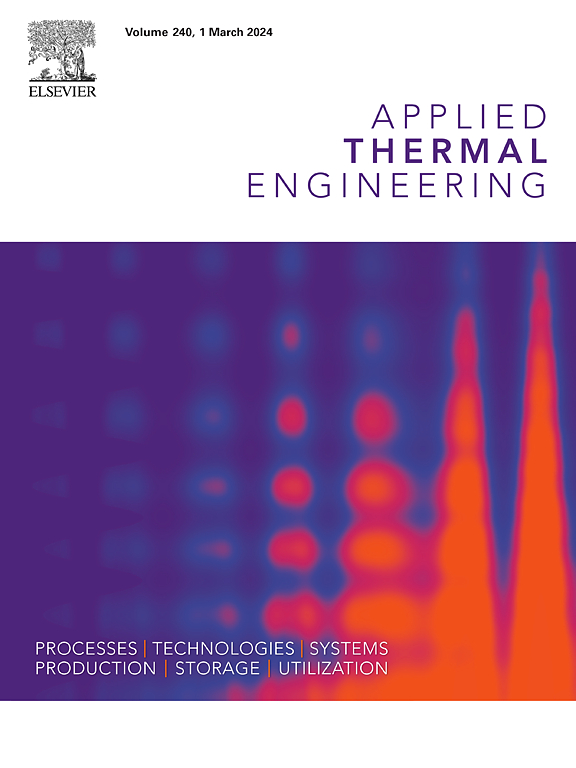Case study on thermal and flow analysis of a water mist on a pool fire in a ventilated engine compartment
IF 6.1
2区 工程技术
Q2 ENERGY & FUELS
引用次数: 0
Abstract
Public transport buses and other large vehicles are facing increasing engine fire issues stemming from higher operating temperatures, phonic insulation and low maintenance time. The fire suppression systems currently employed or considered for vehicles could be used for the protection of buses. Water mist is one of these technologies. One of the challenges a water mist faces for the fire protection of small enclosures is the ventilation. Inside a full scale engine compartment of a truck, the interaction and heat transfer between a n-heptane pool fire and water mist droplets are studied using velocimetry techniques. Most notably, the influence of the nozzle operating pressure and a variable cross-flow ventilation on the extinguishing performance is explored. In this preliminary study without clutter, the results show the importance of the ventilation flow on the performance of the water mist. Moderate ventilation speeds up to 3.2 m s-1 show an improvement of the extinguishing time over natural ventilation while a higher ventilation speed of 6.4 m s-1 degrades the extinguishing performance of the mist. For low-pressure water mists, the momentum of the spray is the most important factor for water mist extinguishing performance.
通风发动机舱内水池着火时水雾的热量和流量分析案例研究
公共交通巴士和其他大型车辆正面临着越来越多的发动机起火问题,这些问题源于较高的工作温度、声音绝缘和较短的维护时间。目前用于或考虑用于车辆的灭火系统可用于保护公共汽车。水雾技术就是其中之一。水雾灭火系统在保护小型机舱方面面临的挑战之一是通风问题。在一辆卡车的全尺寸发动机舱内,使用测速技术研究了正庚烷池火灾与水雾液滴之间的相互作用和热传递。最值得注意的是,研究了喷嘴工作压力和可变横流通风对灭火性能的影响。在这项没有杂波的初步研究中,结果显示了通风流量对水雾性能的重要性。与自然通风相比,3.2 米/秒-1 的中等通风速度可缩短熄灭时间,而 6.4 米/秒-1 的较高通风速度则会降低水雾的熄灭性能。对于低压水雾,喷射动量是影响水雾灭火性能的最重要因素。
本文章由计算机程序翻译,如有差异,请以英文原文为准。
求助全文
约1分钟内获得全文
求助全文
来源期刊

Applied Thermal Engineering
工程技术-工程:机械
CiteScore
11.30
自引率
15.60%
发文量
1474
审稿时长
57 days
期刊介绍:
Applied Thermal Engineering disseminates novel research related to the design, development and demonstration of components, devices, equipment, technologies and systems involving thermal processes for the production, storage, utilization and conservation of energy, with a focus on engineering application.
The journal publishes high-quality and high-impact Original Research Articles, Review Articles, Short Communications and Letters to the Editor on cutting-edge innovations in research, and recent advances or issues of interest to the thermal engineering community.
 求助内容:
求助内容: 应助结果提醒方式:
应助结果提醒方式:


